How Does Vinyl Siding Compare With Brick For Your House

Home exteriors aren’t just for aesthetics and curb appeal. They make a big difference when it comes to home stability, lifespan, and energy efficiency. Brick and vinyl siding are two of the most popular home exteriors in North America. So, which option should you choose? Is there a real difference between brick and vinyl siding anyway?
Homeowners and builders like these products for diverse reasons. However, choosing a material for your home exterior renovation or new build should be based on product advantages and disadvantages.
Where brick excels vinyl lacks and vice versa. Sometimes one product seems superior until you consider your geographical location and local weather. Below is a detailed breakdown of the benefits and drawbacks of brick and vinyl.
Would you like an expert’s opinion? You can get one by posting your project for free on TrustedPros.ca! A Pro will answer your questions, and provide you with a quote too.
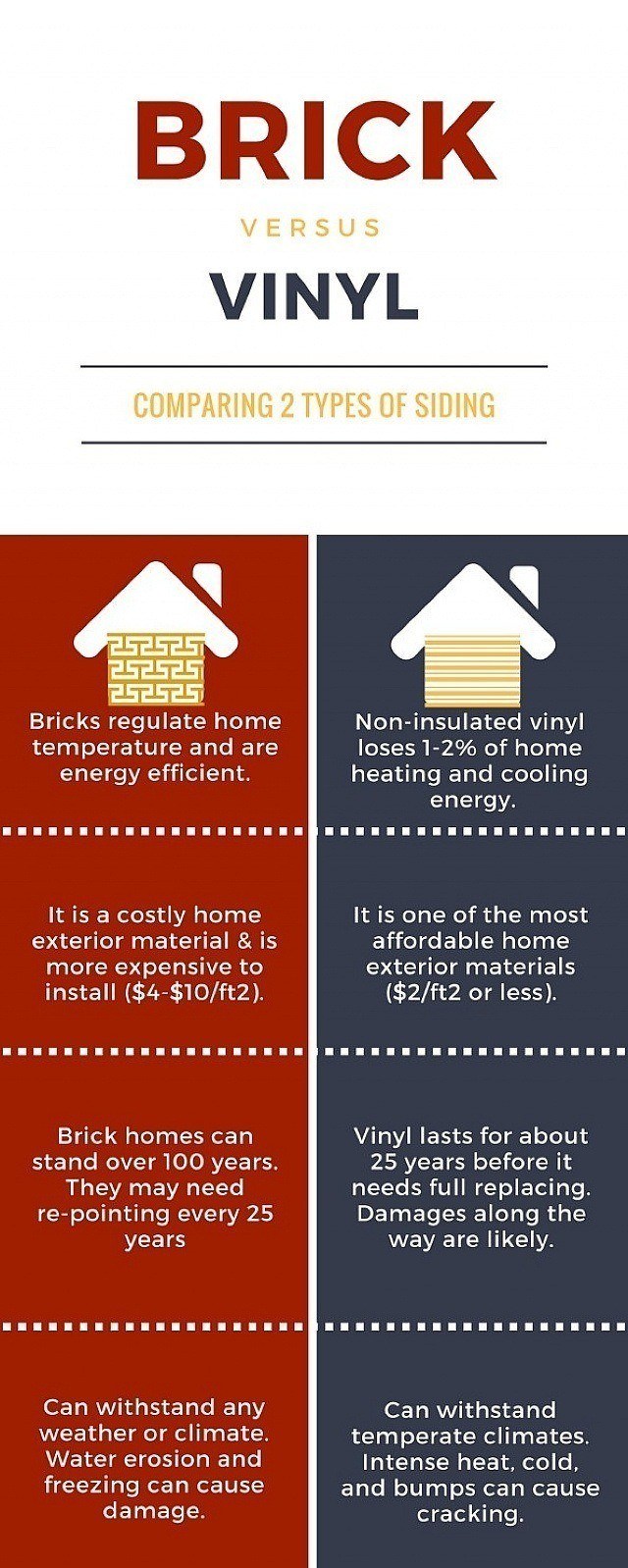
Brick
Bricks are made from all natural materials such as clay, shale, lime, or ash. They are pressed into molds and then fired in a kiln at high heat. Today, bricks can come in a variety of colours other than classic burnt red.
Bricks are laid by a professional mason who will use mortar cement to hold them in place. This building method is an age-old practice that has genuinely stood the test of time!
What have your neighbors said about the local mason? Find out here!
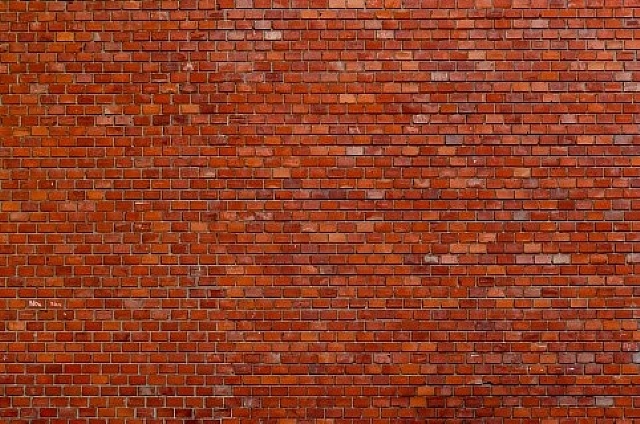
Bricklaying can be back-breaking and time-consuming work. Contemporary brick buildings aren’t constructed from bricks. Instead, bricks line the outside of the house frame—making them a type of siding rather than a load-bearing wall.
Benefits of Brick
Peace and Quiet
Brick siding muffles outdoor sound very well. Thus, the inside of your brick-built home will remain quiet, despite outdoor noise. Homeowners should invest in double glazed windows and well-built doors to maximize on the sound-muffling advantages of brick.
Energy Efficient
Bricks help with temperature regulation because they increase the home’s thermal mass. Bricks absorb hot and cold temperatures and transfer them to the home interior. Granted, modern home insulation interferes with this temperature transfer. Nevertheless, this energy transfer can reduce heating and cooling energy use in the home, making it an energy efficient building material.
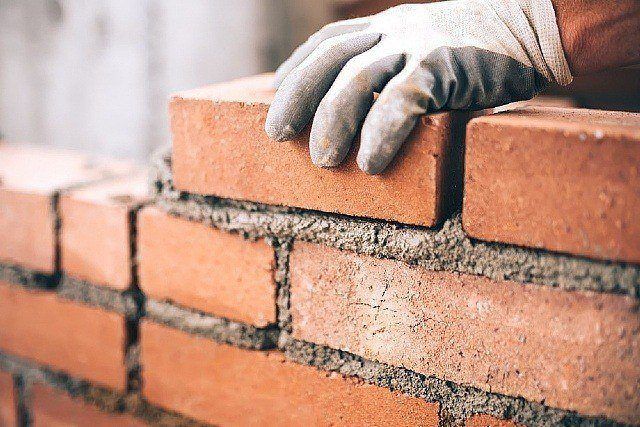
Those building passive homes often use bricks as a passive energy source for home heating and cooling. Bricks are 1-2% more energy efficient than vinyl (depending on home insulation).
Durability
Quality bricks are incredibly durable. Brick buildings can last over a lifetime—usually over 100 years! Bricks stand up well to various temperatures and environments. They also provide incredible protection against the elements. They can withstand high winds, flying debris, and heavy weather (hail, for example). For this reason, brick homes insure quite well; although, some insurance policies will not cover masonry damage.
Market value
Brick homes tend to have a higher market value because they have unparalleled durability, craftsmanship, and aesthetic. Homeowners who live in provinces that are dominated by vinyl or stucco will find that their brick house has a higher market value.
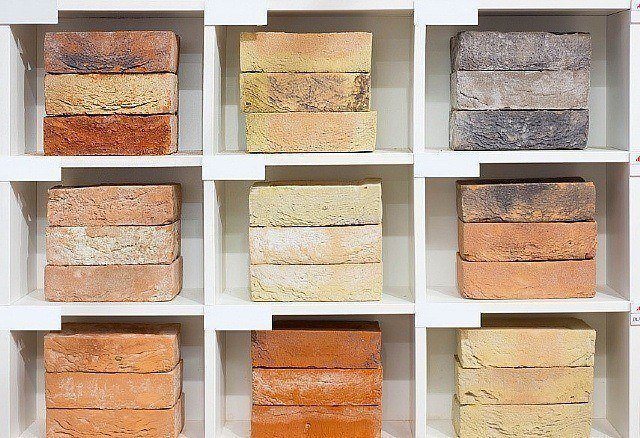
Brick has a lower maintenance cost compared to vinyl. It does not need periodic replacing, painting, or cleanings. This makes it an attractive option for long term home buyers.
Disadvantages of Brick
Price
Brick homes can be expensive to buy and build in comparison to vinyl. This is especially true based on location and demand. In some provinces, such as PEI, it is quite expensive to truck bricks onto the island, since they cannot be produced on site. Thus, brick homes cost a premium.
A brick home is more expensive to construct per square foot in comparison to stucco or vinyl. Some experts believe it costs around 10% more than these options. Homeowners should expect to pay between $4 - $10 per square foot for a solid brick or brick veneer home. Mortar repairs (‘pointing’) may be required every 20 years.
Bricks are installed by a trained mason or bricklayer. This adds a premium onto this project in comparison to other products.
Porosity and Damage
Bricks are naturally porous, which means that moisture flows in and out of them easily. This makes bricks a poor siding choice for humid environments. Bricks may invite mold growth. They may also suffer from cracking, crumbling, and erosion. Brick homes may also suffer in the winter time when water absorbs into the material, freezes, and expands. This process can lead to cracked bricks and mortar.
Bricks have another Achilles heel: vines. Vine growth can lead to crumbling, cracking, and decay. This compromises the building’s strength.
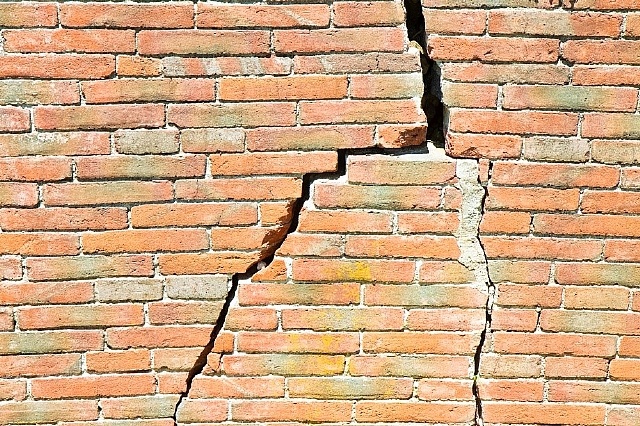
Finally, bricks have relatively low tensile strength. This means that they become weak under elongation tension. So, those who live in active seismic areas should avoid building their homes with bricks.
At the end of the day, brick home repairs can be complicated and costly. There are ways to avoid huge expenses, but you should consider your environment before you fall in love with this siding option.
Renovation and Repair
Brick homes are more difficult to repair compared to stucco or vinyl. It is challenging to fix small problem areas without removing sections of the brick. Masons will have to chisel away bricks, clean the area, lay mortar, insert new bricks, and fill in the spaces with more mortar to fix an area.
Homeowners who wish to make structural changes to their brick homes may find it challenging. It is difficult to make structural changes to brick load bearing walls without serious architectural help. Of course, any structural changes should be overseen by an engineer or architect.
Vinyl
Vinyl siding is made from polyvinyl chloride resin (PVC), which is a type of plastic. It is made to look like wood while providing more weatherproofing advantages. Vinyl siding was introduced in the 1950s, it grew in popularity and took the place of aluminum siding.
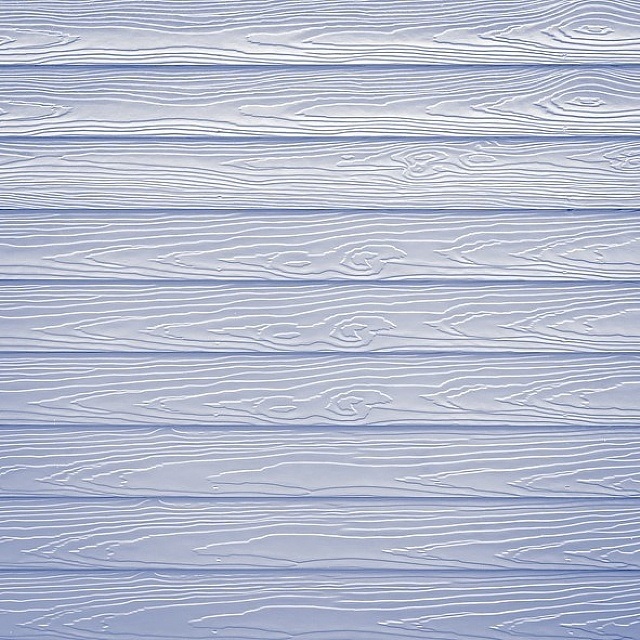
Vinyl comes in a variety of colours and styles, which makes it a flexible material to choose for stylistic reasons. The material has gotten significant criticism for being a threat to human and environmental health when it burns.
Vinyl Advantages
Price
Part of the reason why vinyl is so popular is because it is very affordable considering its function and durability. Homeowners should expect to pay up to $2 per square foot for vinyl siding. There are a number of other ways that homeowners can save on vinyl siding installation costs too.
It is a great option for short term home owners because it is affordable. It is worth the investment for house-flippers who don’t intend on owning a property for very long.
At the end of the day, vinyl is less expensive than brick to purchase and install, vinyl is also cheaper to repair and replace. Overall, vinyl is a popular choice among North American homeowners!
Colour and style
Vinyl manufacturers have truly mastered home exterior styling at this point in time. Homeowners will be delighted at the colour, style, texture, trim, and aesthetic options that are on the market for this product. Homeowners can create virtually any look with their home exterior for a great price and little fuss!
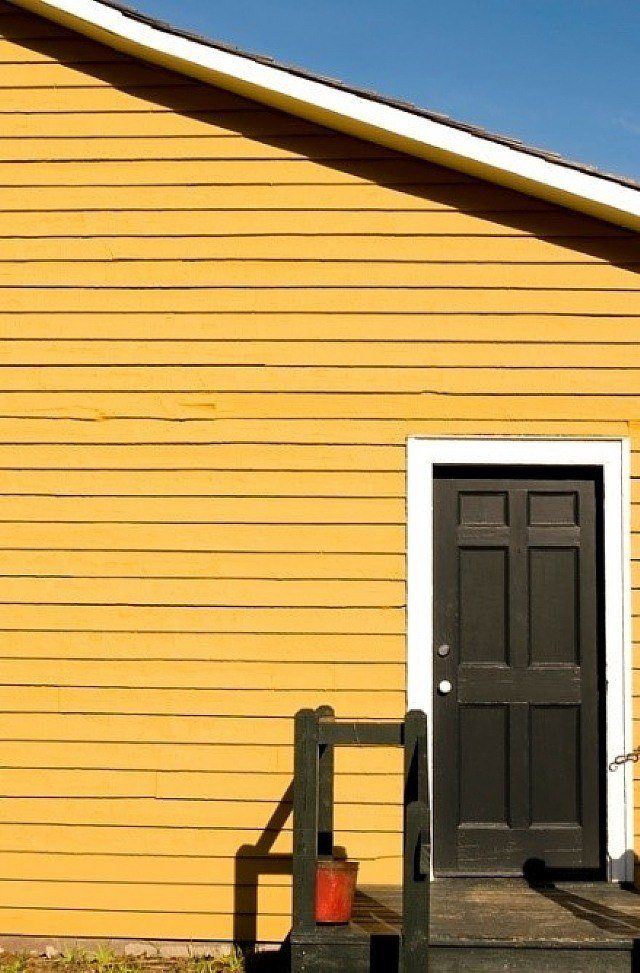
Strength and Flexibility
Vinyl is a durable home exterior option. It stands up very well to moisture because it is impermeable. However, due to the nature of the installation, vinyl is not water tight. Water can seep in behind the vinyl if it is installed incorrectly. This can lead to home damages.
High-quality products will fade less over time in comparison to other materials such as paint or wood. They hold their shape and rigidity well so as not to warp or buckle.
Vinyl also has great tensile strength, meaning that it can bend and still maintain its strength. This makes vinyl siding great for homes that are located in seismic regions.
Vinyl is a good choice for those awkward angles and corners of your siding that would be difficult to complete with brick. Using vinyl siding with brick is a common choice, especially within gables.
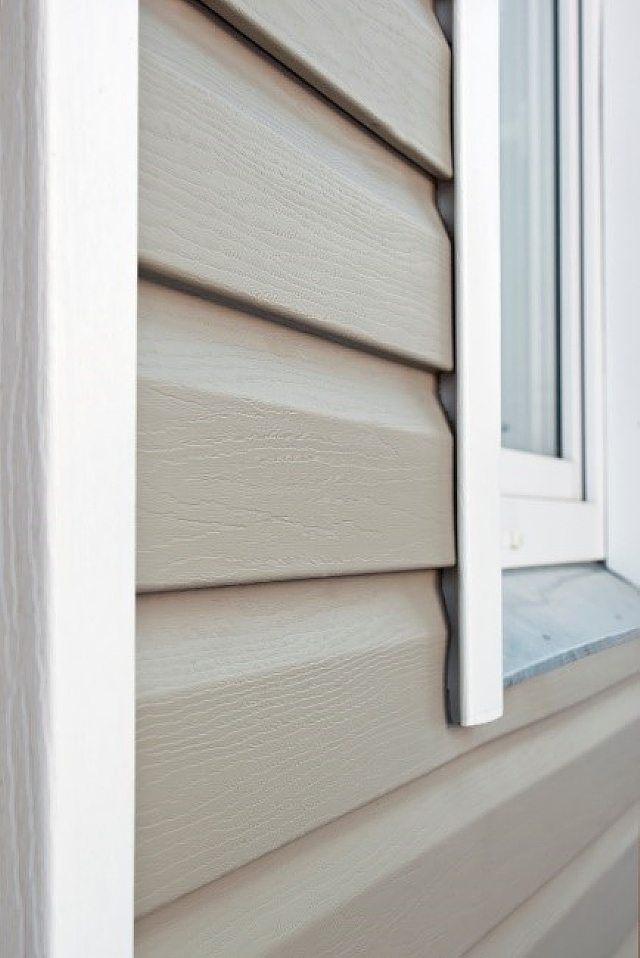
Disadvantages of Vinyl
Life Expectancy and Upkeep
Unfortunately, vinyl doesn’t have the longevity that brick has. Its life expectancy is about 25 years. While this is quite a long time, long term homeowners will not be happy when they need to replace their siding multiple times in their lifetime.
Homeowners with vinyl siding will have to clean their homes on an annual or bi-annual basis. Despite the inconvenience, this can be done with a power washer or wet rag. Homeowners may want to replace vinyl siding that begins to fade over time to maintain their home’s beauty.
Durability
Unfortunately, vinyl is not as durable as other home exterior products on the market. It does not stand up very well to impact. The landscaper or children may damage the siding by knocking it with tools or toys. Rocks, hail, and branches may create holes in the siding after a rough storm. Vinyl also does not retain its strength in severe and drastic climates. Very cold and very hot temperatures can weaken the material and make it brittle and prone to cracking.
If water gets inside these holes and there is no moisture barrier behind the vinyl, one may have water damaged framing.
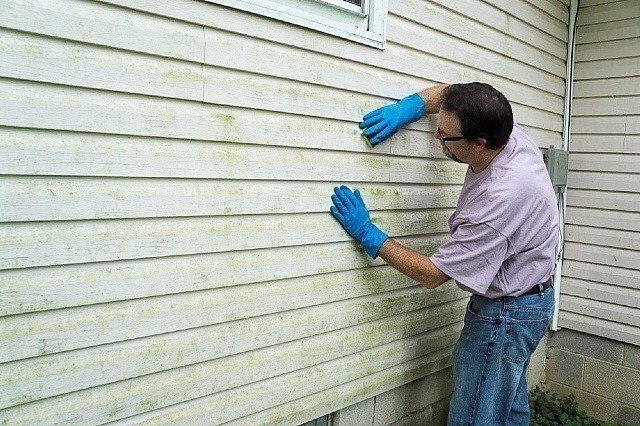
Those who wish to repair vinyl siding damages must remove a series of planks before they can repair the damaged plank with a fresh sheet of vinyl siding.
Bad Installation
As with any product, a bad vinyl installation can lead to serious problems down the road. Water can get trapped under the vinyl planks and lead to leaks, house frame damage, and mold growth. This can cost you thousands of dollars to repair in the long term if it isn’t taken care of promptly.
